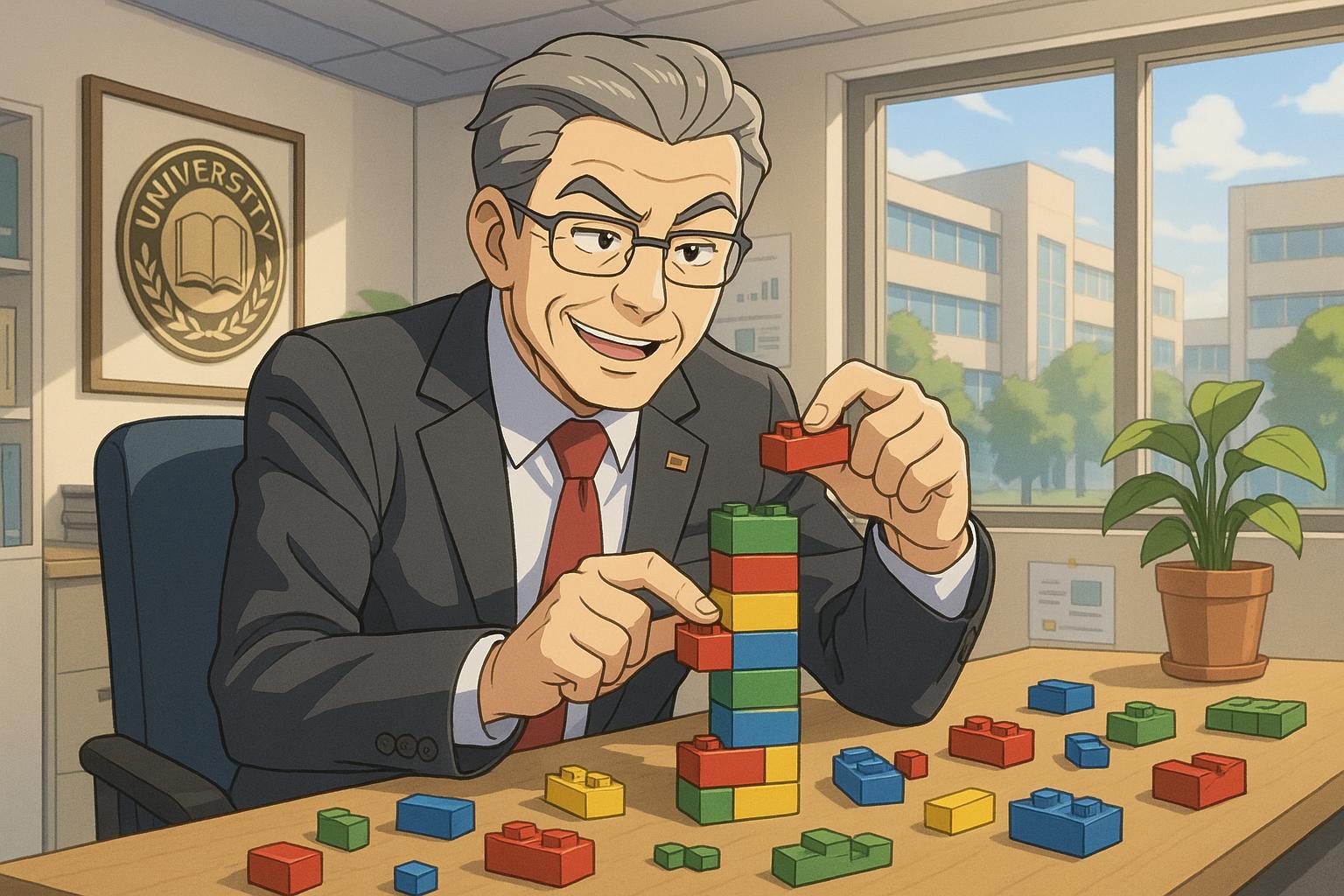UK higher education is currently navigating a tumultuous landscape, grappling with severe financial constraints, potential redundancies, and institutional closures. In the face of these challenges, the idea of embracing play as a leadership principle might initially appear misplaced or perhaps indulgent. However, a deeper examination reveals that play could be a vital catalyst for the openness, creativity, and resilience that leaders desperately need during these testing times.
The financial pressures facing universities have escalated dramatically, exacerbated by significant cuts to capital funding announced by the UK government. The allocation dropped from £150 million to £84 million for the 2025-26 period, with further reductions in grants for high-cost subjects and student access initiatives. These cuts are set against a backdrop of declining international student numbers and rising operating costs that have left many institutions teetering on the brink of financial catastrophe. Criticism from educational leaders is mounting, with appeals for government collaboration to ensure the sustainability of the sector.
Amid these difficulties, an instinctual tendency towards risk aversion often engulfs institutions. Faced with tightening budgets and external pressures, university leaders may retreat to traditional, safer pedagogical models, eschewing innovative courses in favour of larger, more commercially viable subjects. Such a culture of inertia not only dampens academic freedom but also stifles creativity—a quality sorely needed as institutions strive to navigate an increasingly hostile environment.
In stark contrast, a philosophy of playful leadership encourages leaders to embrace new ideas and methodologies, welcoming the potential for mistakes and learning opportunities. Research underscores the significance of play in academia, revealing that experimentation and creativity are foundational for groundbreaking contributions to knowledge. Initiatives like the Playful Learning Association and related research projects, including one led by Northumbria University, highlight the effectiveness of playful pedagogies in fostering deeper engagement and innovation.
Adopting a playful mindset can fundamentally reshape institutional cultures. It allows leaders to demonstrate vulnerability, openly acknowledge uncertainties, and promote a culture where failure is not stigmatized but regarded as part of the learning process. Instances of vice-chancellors showcasing their humanity and engaging with their communities through social platforms underscore the value of this leadership approach. By sharing personal stories and reflections, leaders can connect more authentically with staff and students.
Some universities are already paving the way for this playful ethos. Northumbria University has integrated experiential learning across its programmes, embracing a collaborative approach that encourages staff creativity and student engagement. Similarly, Anglia Ruskin University has employed innovative strategies, such as Lego workshops to stimulate shared principles and facilitate open dialogue within its community.
As the landscape continues to evolve, it is clear that those leaders willing to prioritise openness and creativity will be better equipped to navigate the uncertain future of higher education. Such playful leadership not only fosters a more vibrant academic environment but also empowers institutions to adapt and differentiate themselves amid significant challenges.
The upcoming years will undoubtedly pose daunting challenges for higher education leaders. With the looming necessity for institutions to innovate while dealing with financial restraints, embracing play and a willingness to explore new possibilities might be the key to resilience. In a time when the sector needs to pivot towards sustainability—creating an environment built on collaboration and mutual growth—play may indeed be the vital ingredient that promotes survival and flourishes amid adversity.
Reference Map
- Paragraph 1: [1]
- Paragraph 2: [2], [3], [4], [5]
- Paragraph 3: [1]
- Paragraph 4: [1], [6]
- Paragraph 5: [1]
- Paragraph 6: [1]
- Paragraph 7: [1]
- Paragraph 8: [1]
- Paragraph 9: [1]
Source: Noah Wire Services
